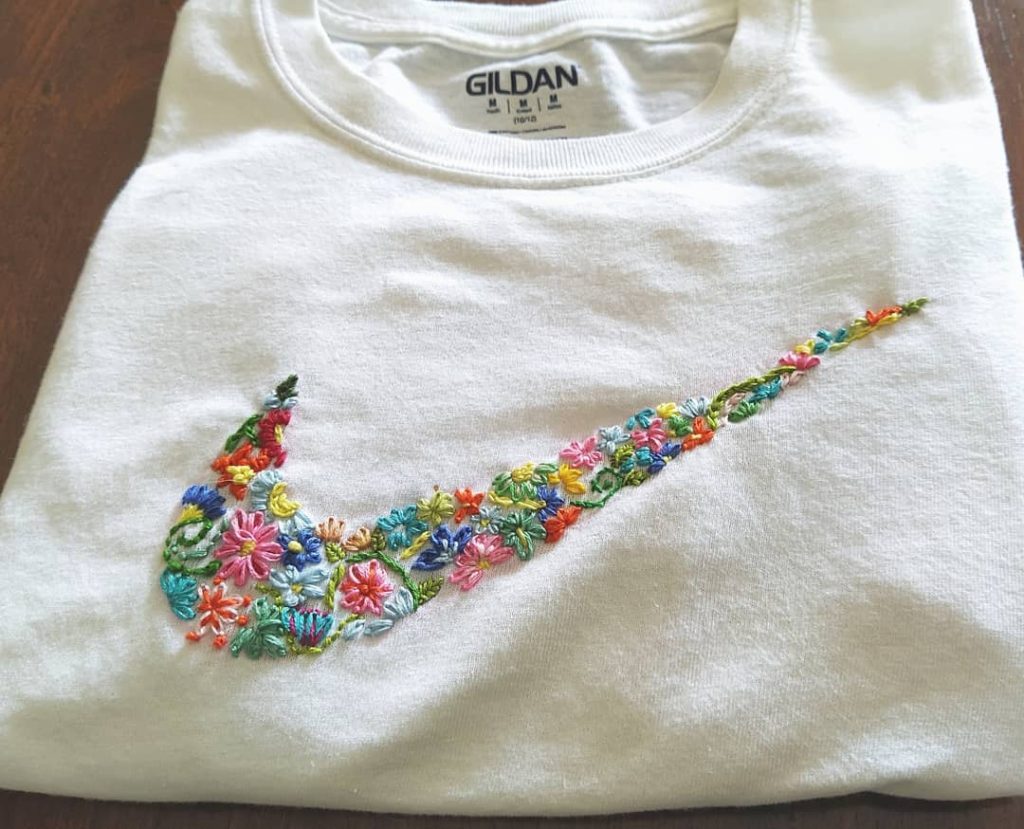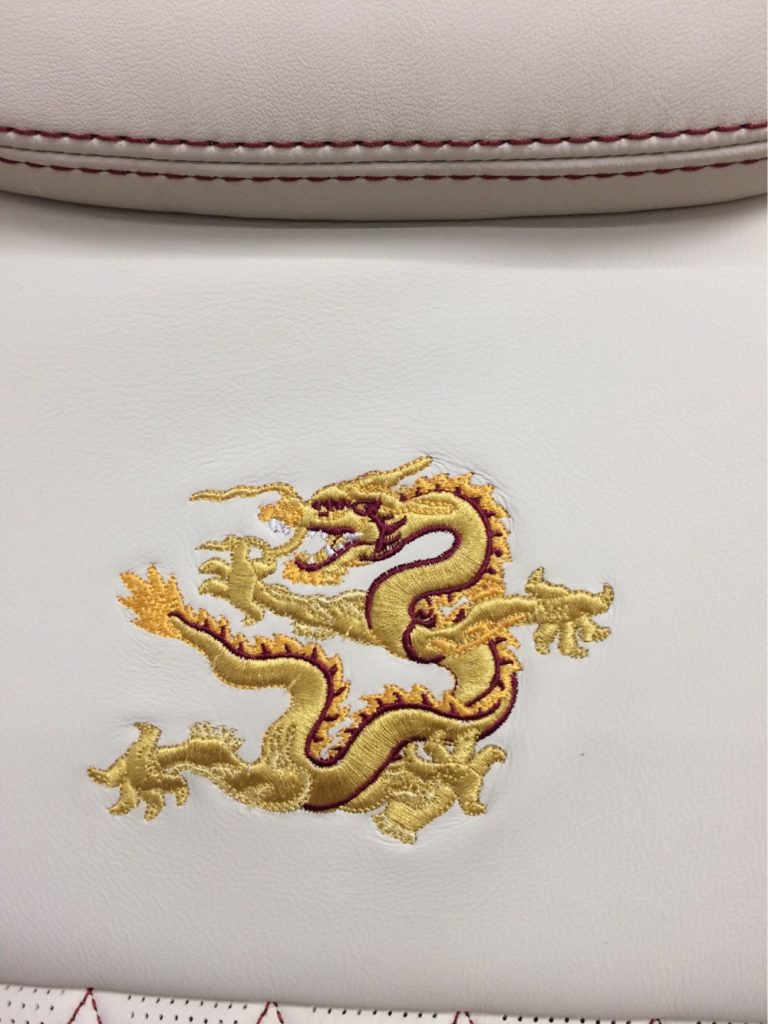Custom Embroidery In Los Angeles

Embroidery, the art of decorating fabric using needle and thread, has long been used for decorative purposes, but its significance in branding and corporate identity has grown exponentially in recent decades. This medium, once associated primarily with traditional crafts and personal items, now plays a vital role in the way businesses present themselves. Embroidery can enhance a company’s branding efforts, contribute to its corporate identity, and establish a strong, memorable visual presence.
1. The Role of Embroidery in Branding
Branding is not just about a logo; it’s about how a company presents itself to the world, and embroidery can serve as a powerful tool in communicating a brand’s values, professionalism, and attention to detail. By incorporating embroidered elements into a brand’s materials—such as uniforms, promotional items, or signage—businesses can create a sense of cohesion and elevate the perceived quality of their offerings.
Consistency in Design: One of the most important aspects of branding is consistency. Embroidery offers a durable, long-lasting method to showcase a company’s logo, name, or tagline in a consistent and professional manner. The tactile, textured nature of embroidery adds a level of sophistication and permanence, which can help reinforce a brand’s identity.Emotional Connection: Embroidery, particularly when used on apparel like shirts or hats, fosters an emotional connection with customers and employees. A well-designed embroidered logo can evoke feelings of authenticity, trustworthiness, and pride. For example, sports teams, nonprofits, and luxury brands often use embroidery as a way to create a sense of belonging or exclusivity.
2. Enhancing Corporate Identity Through Embroidery
Corporate identity is the visual and cultural expression of a company’s ethos. It encompasses everything from the logo and color palette to the style of uniforms and office décor. Embroidery plays an essential role in crafting and maintaining a strong corporate identity, with particular focus on the following areas:Uniforms and Employee Apparel: One of the most direct applications of embroidery in corporate identity is in employee uniforms. Whether it’s a logo on a shirt or a company name on a jacket, embroidered items provide a unified look that reinforces professionalism and brand recognition. It serves as a walking advertisement, turning employees into ambassadors for the company wherever they go.
3. Quality Perception and Differentiation
Embroidery is often associated with a high level of craftsmanship and quality. When a company uses embroidery to showcase its logo or branding elements, it can convey a sense of exclusivity and attention to detail. This quality perception can be a significant differentiator in crowded marketplaces, helping businesses stand out from their competitors.
Durability and Longevity: Unlike printed logos that may fade or wear off over time, embroidered designs are far more durable and resistant to the elements. The longevity of embroidery speaks to a brand’s commitment to quality, which can increase consumer confidence in the brand’s products or services.Visual Appeal: Embroidery offers a distinct, textured look that digital printing or other methods can’t replicate. This tactile aspect enhances visual appeal and gives products a more premium feel, whether it’s a branded polo shirt, a cap, or a corporate gift.
4. Practical Considerations for Businesses
While embroidery offers numerous advantages for branding and corporate identity, it’s essential for businesses to consider a few factors when implementing it:
Cost vs. Benefit: Embroidery tends to be more expensive than other branding methods like screen printing or digital printing, especially for small runs or intricate designs. Businesses should weigh the cost against the long-term value of the quality, professionalism, and durability that embroidery provides.
Design Complexity: The design complexity can affect the outcome of embroidery. Intricate logos with many details or gradients may not translate well into embroidery, as it relies on thread to create the design. Simplified designs tend to work better, ensuring clarity and a clean representation of the brand.Fabric Choice: Embroidery works best on certain fabrics, such as cotton, polyester, and fleece. The choice of material can impact the final look of the embroidered design, so it’s important to select appropriate fabric types for the desired end product.

